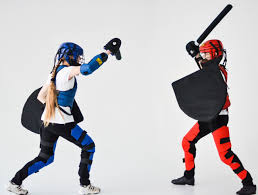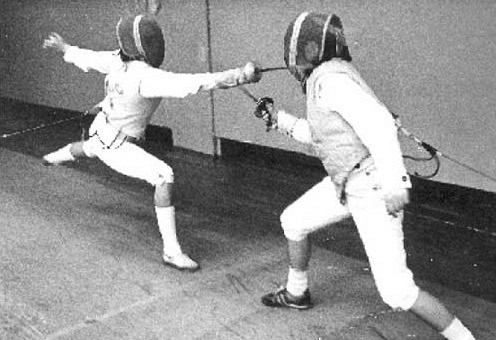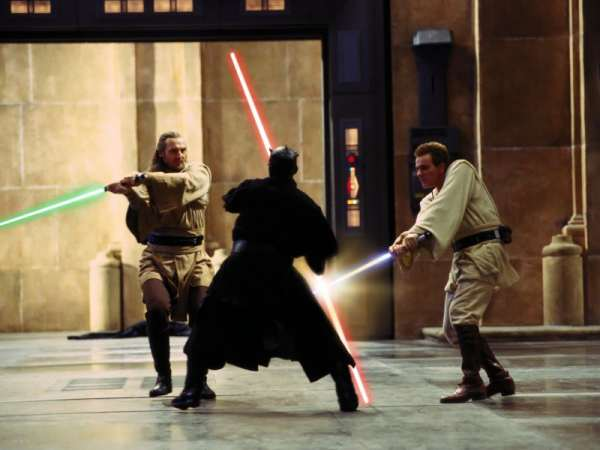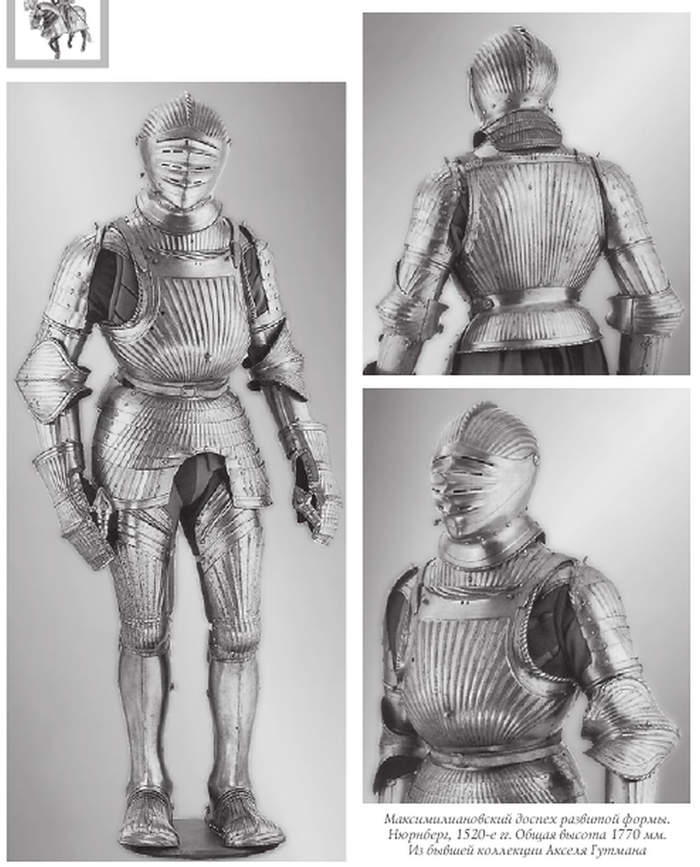tanya
HYGIENIC REQUIREMENTS FOR PLACES IN THE FENCING
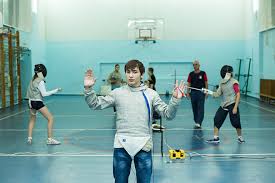 Indoor facilities for fencing should primarily have sufficient floor space, cubic capacity, good ventilation and lighting. When calculating the cubic capacity, it is necessary to take into account that the pulmonary ventilation of fighters during an individual lesson and free-style fighting increases to 14.5 – 23.0 liters per minute, and the recovery period lasts for trained fencers for about 10 minutes. In Jovičkop, pulmonary ventilation remains elevated for longer. Oxygen absorption, depending on the intensity of the lesson, increases to 480.0–856.0 cm³ in 1 min. Therefore, the cubic capacity of the room per student should be considered not less than 30 m³. Ventilation devices must provide a 3-fold change in air flow, i.e. 80 – 90 m³ of air per person per hour. Continue reading
Indoor facilities for fencing should primarily have sufficient floor space, cubic capacity, good ventilation and lighting. When calculating the cubic capacity, it is necessary to take into account that the pulmonary ventilation of fighters during an individual lesson and free-style fighting increases to 14.5 – 23.0 liters per minute, and the recovery period lasts for trained fencers for about 10 minutes. In Jovičkop, pulmonary ventilation remains elevated for longer. Oxygen absorption, depending on the intensity of the lesson, increases to 480.0–856.0 cm³ in 1 min. Therefore, the cubic capacity of the room per student should be considered not less than 30 m³. Ventilation devices must provide a 3-fold change in air flow, i.e. 80 – 90 m³ of air per person per hour. Continue reading
BASIC PROVISIONS AND MOVEMENT
(Basics of fencing movement technique)
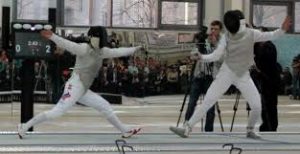 Position “at attention” – statutory stoic, fencing weapon in the right or left hand.
Position “at attention” – statutory stoic, fencing weapon in the right or left hand.
The starting position is the position from which the transition to the fencing stand is made and in which the fighters give a greeting.
Salutation (salute) – movement with an armed hand to the opponent and the judges in greeting.
Fencing stand – the most appropriate position adopted by a fighter (or teacher) for combat or training activities. The fencing stand can vary depending on various conditions:
Common Stand – Used for training sessions.
Individually modified stance – depends on the style of combat or action. In hand-to-hand combat, a stance is used in accordance with the “to battle” position in a bayonet battle. Continue reading
PREPARING PERIOD OF TRAINING IN FENCING
 General tasks of the preparatory period: a) development and strengthening of the muscular and skeletal-ligamentous systems; b) improving the activity of internal organs (respiration, blood circulation, excretion and metabolism); c) improving overall coordination and developing speed of reaction; d) general retraction of the body and development of endurance; d) the introduction and development of habits of cultural behavior and discipline.
General tasks of the preparatory period: a) development and strengthening of the muscular and skeletal-ligamentous systems; b) improving the activity of internal organs (respiration, blood circulation, excretion and metabolism); c) improving overall coordination and developing speed of reaction; d) general retraction of the body and development of endurance; d) the introduction and development of habits of cultural behavior and discipline.
Special tasks of this period: a) testing and improving the basic skills of fencing equipment (techniques of attack and defense movements and methods of preparing for an attack); b) verification and improvement of the technique of complex fencing techniques; c) the development of a sense of distance, time and a sense of weapons; d) the development of speed, accuracy of movements. Continue reading
